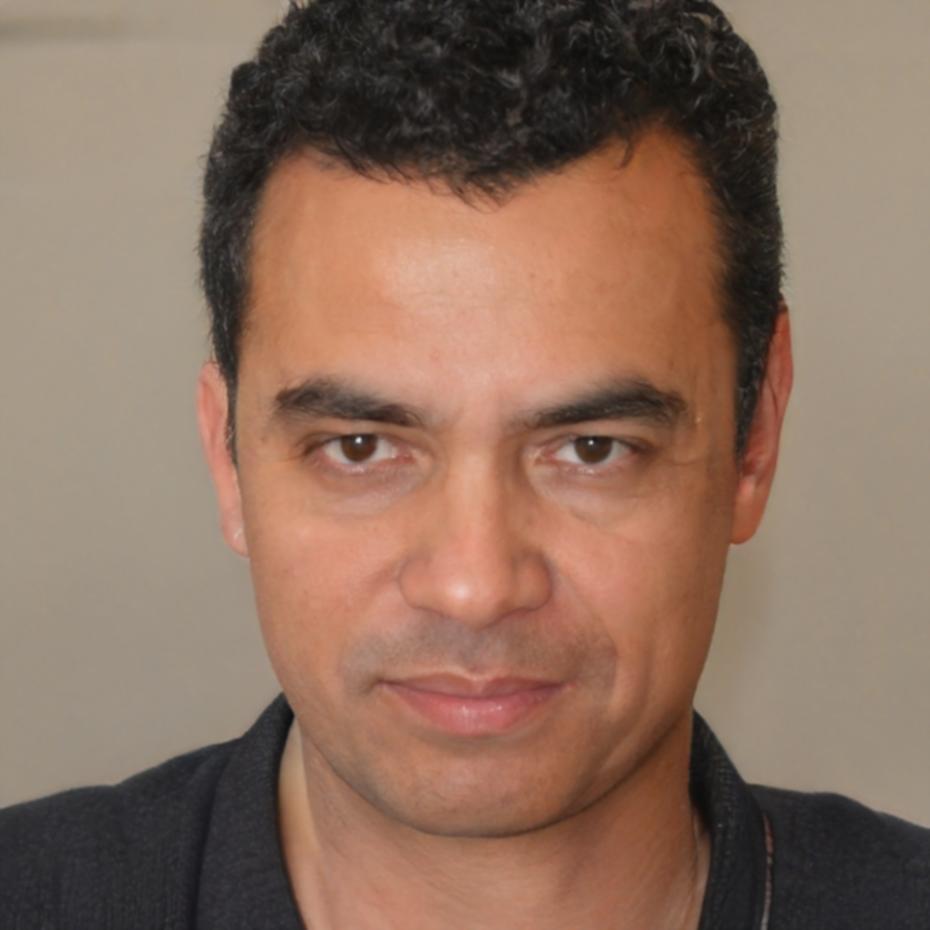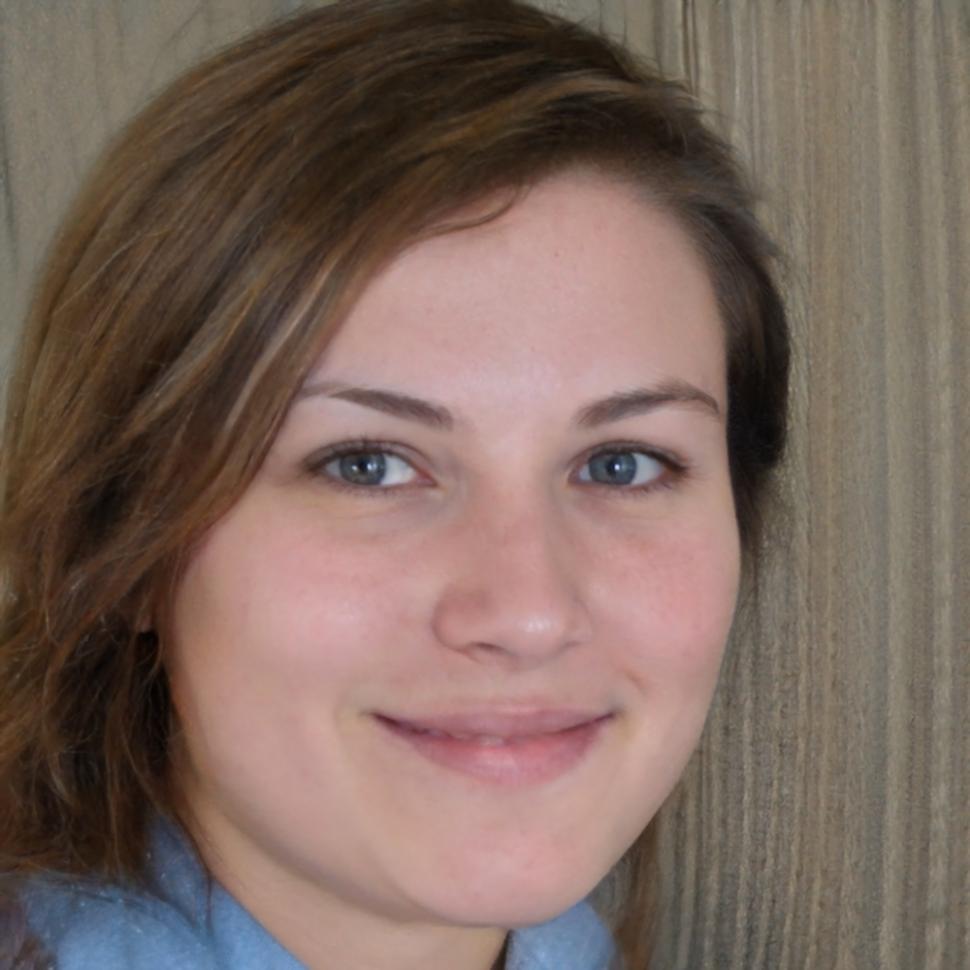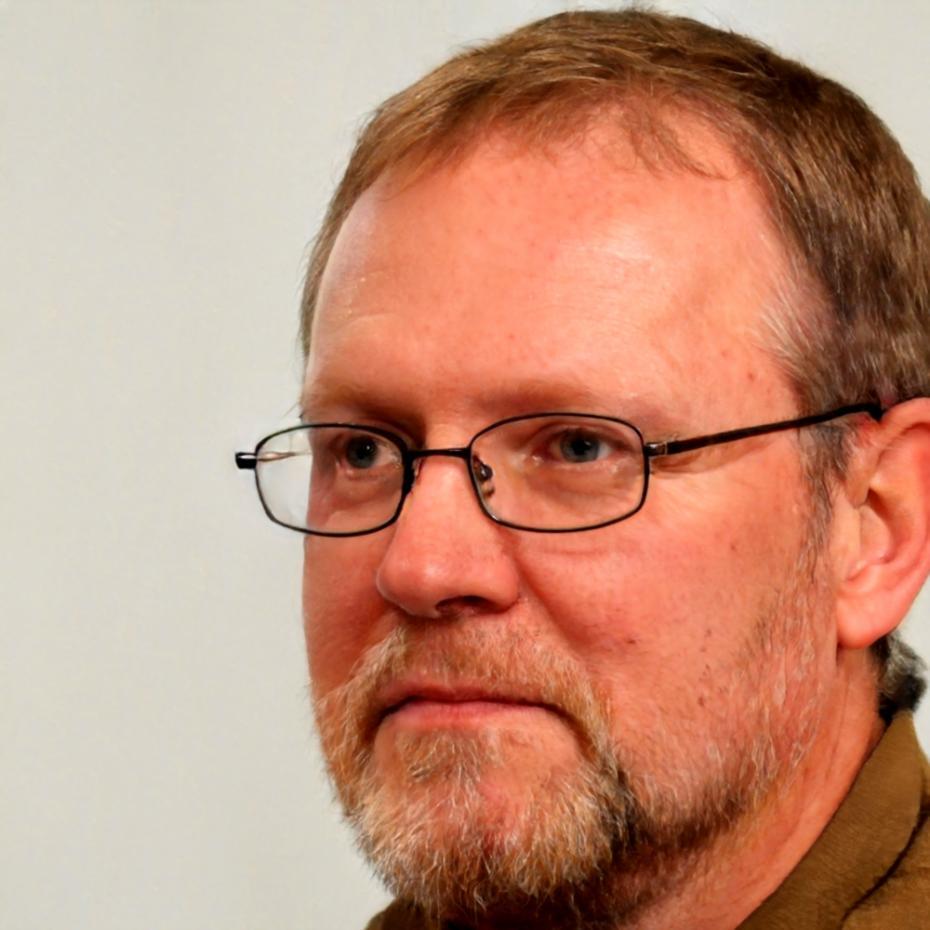Master Budget Variance Analysis Through Practice
Real finance professionals don't just spot the differences between planned and actual spending. They understand what caused those gaps and how to prevent them next quarter. Our program starts with the fundamentals you need, then moves into situations you'll actually face at work.
Request Program Details
How The Learning Path Works
We built this around what actually trips people up when they're doing variance analysis for the first time. It's not the math – that part's straightforward once you see it a few times. The hard part is knowing which variances matter and which ones are just noise.
Foundation Period
We spend the first three weeks on budget structures and how different industries build their forecasts. You'll see examples from manufacturing, retail, and service businesses because they all handle variances differently.
Analysis Methods
This is where you learn flexible budgets, static comparisons, and when to use each approach. Week five introduces seasonality adjustments – something textbooks rarely cover properly but matters enormously in real scenarios.
Applied Practice
The last portion puts you into case studies based on actual client situations we've handled. You'll write explanations for management, defend your findings, and learn how to present variance data without putting everyone to sleep.

What Past Participants Have Accomplished
Faster Monthly Close Processes
Several alumni reported cutting their month-end variance review time significantly because they stopped chasing immaterial differences. One controller mentioned she now focuses only on variances exceeding established thresholds, which changed how her team allocates their time during closing periods.
Better Communication With Management
The reporting templates we share during week seven have been adapted by participants across different organizations. It's satisfying to see someone take a concept from class and actually use it to improve how their department communicates with executives.
Career Development Opportunities
A few people who completed the program mentioned it helped them move into senior analyst roles. Not because of the certificate itself, but because they could suddenly explain budget issues with confidence during reviews. That clarity matters when you're trying to advance.
Participant Experiences From Recent Sessions
These are genuine reflections from professionals who went through the program between late 2024 and early 2025.

Thaddeus Viklund
Budget AnalystI appreciated the focus on practical examples rather than theoretical concepts. The instructor showed us how to spot patterns in variance data that actually mean something, which has changed how I approach my monthly reports completely.

Kerensa Abernathy
Finance CoordinatorThe case studies felt realistic because they included all the messy details you encounter in actual finance work. I use the flexible budget template from week four almost every month now when preparing variance explanations for our CFO.

Stellan Driscoll
Senior AccountantWhat surprised me most was learning when not to investigate a variance. We waste so much time on differences that don't affect decision-making. The materiality framework they taught us probably saves me three hours every closing cycle.
Upcoming Session Starting September 2025
We're planning the next cohort to begin in early autumn. The program runs for eleven weeks with evening sessions scheduled for Canadian time zones. Most participants work full-time, so we designed the schedule around that reality.